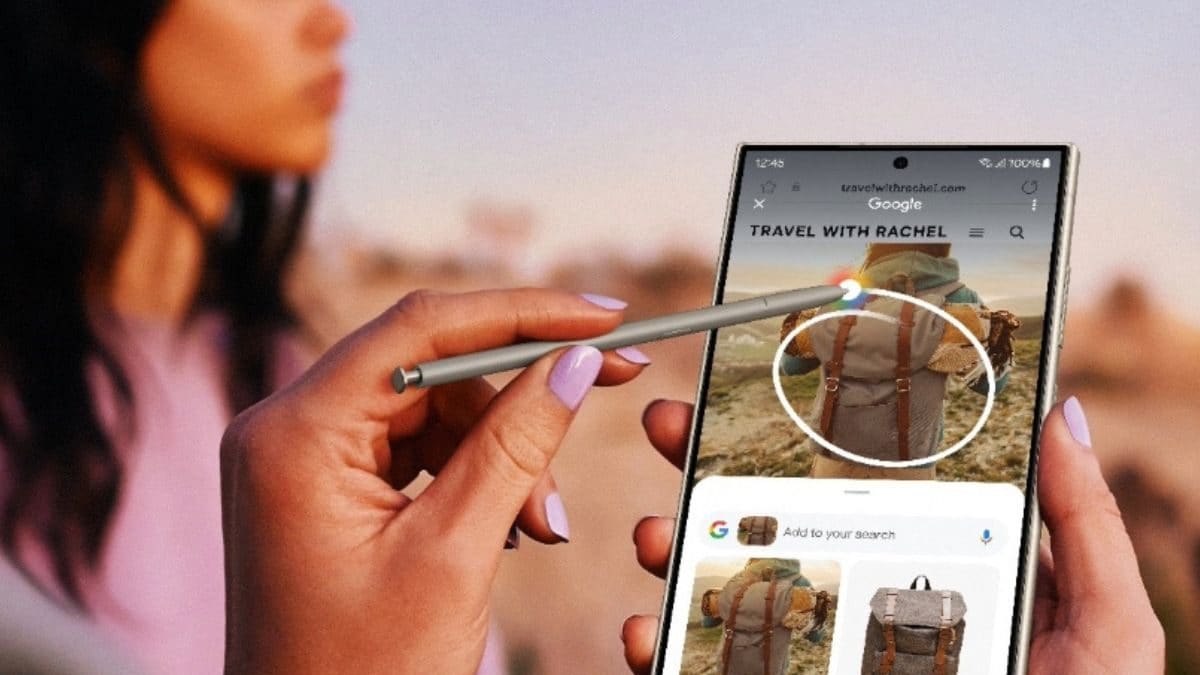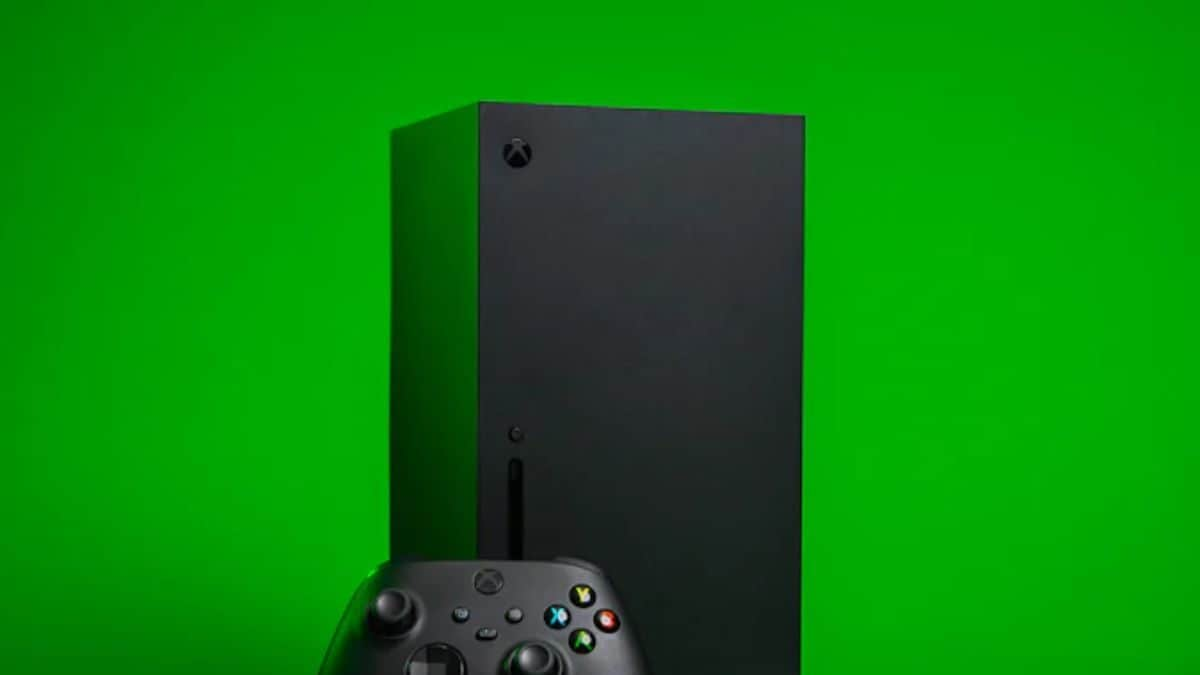AI video editor handle color correction
The use of AI is revolutionizing video editing. It allows creators to focus on creative aspects of the process while automating tedious tasks and delivering stunning visible results. Streamline your color correction with AI video editors that automatically adjust brightness, contrast and saturation while keeping the colors and tones consistent.
AI Video Editor can be a daunting task. Whether you’re working on your own or creating content for clients, the process can be time-consuming and costly. AI video editing software can streamline your workflow and produce high-quality videos. It can also help with basic tasks like color correction and image upscaling.
It can help you avoid common mistakes, such as mismatched skin tones or incorrect white balance. It can also identify lighting conditions and apply the right adjustments automatically. This saves you time and effort, and ensures that your footage has a consistent tone.

How does an AI video editor handle color correction?
It can remove unnecessary noise from your video, including music and ambient sound. It can even edit your audio to remove filler words like “ahs” and “ums.” This helps you create polished video content more quickly. It can also help you stay within your brand’s style guidelines, which is important for maintaining consistency in your visual content. It can also help you create video titles and subtitles with a high level of accuracy. This makes your videos more accessible to a wider audience.
Brightness is one of the primary qualities that can be fixed with AI Video Generator. Boosting the brightness of your clip can make it easier to view, especially in low-light situations. But that’s not the only thing to do, and boosting brightness alone can lead to unnatural or over-bright images.
The first step in adjusting brightness is often to set proper exposure. This is done by ensuring that the image has robust signal throughout the entire range, from blacks to the brightest whites. It can be done by using a Video Scopes feature like the Waveform or a Histogram, which shows you how much of each level of brightness is present in your image.
Creating videos with AI can be an exciting way to bring new life to old footage and make your clips look better than ever. However, it’s important to remember that AI can only do what it’s trained to do. It’s also crucial to respect privacy, avoid deepfakes that could mislead viewers, and keep in mind that AI-generated content can’t be copyrighted.
AI video editing tools can help you make videos that look more natural and realistic. They can also enhance the contrast of your footage, resulting in sharper details and more vibrant colors. They can also automate the color correction process, making it easier and faster to edit your video.
The best AI video editors use machine learning algorithms to analyze your footage and determine the right adjustments to make. This allows you to focus on storytelling and conceptualization, while ensuring your video looks as good as possible. Additionally, AI video editing software can also offer creative suggestions that you might not have thought of.
AI tools can help you create professional-looking videos that are more effective in attracting potential customers. They can automatically adjust your footage to the appropriate tone and mood, and even generate a voice-over for your video. Additionally, some AI video editors can also identify the correct camera angles and lighting for your footage. This saves you time and effort and helps you produce more accurate results. The best AI video editing software also offers features that can automatically correct color balance, exposure, and saturation levels, enabling you to achieve stunning visuals.
Saturation is the intensity or purity of colors, and a well-controlled level of saturation can make certain elements stand out and draw attention. High saturation can also help achieve a more bold, dramatic look and create a specific mood or atmosphere for viewers.
Color grading is an essential part of video editing, but it can be challenging to master without the right tools. AI-powered video editing software makes this process easier and more efficient by adjusting hues, saturation, contrast, and more automatically. In addition, AI can also perform image upscaling and apply different visual effects to enhance the overall look of a video. This allows video editors to save time and effort while still producing high-quality content.
Artificial intelligence is a powerful tool for video editing, offering efficiency and precision that would be unattainable without it. AI-driven video editors can streamline workflows and automate repetitive tasks, while also applying cosmetic adjustments that enhance visual appeal.
Some AI video editing platforms can even help you produce rough cuts via transcripts, which allow editors to focus more on the storytelling and special effects that make videos stand out. This can help you meet your client’s expectations and deliver professional-looking content in a timely fashion.
Additionally, AI-powered tools can simplify the process of ensuring that your content is compatible across various platforms and devices by automatically handling format conversions and optimizing resolution and codecs. This can help you avoid any technical hiccups during production and ensure that your content is visible to a wider audience.
The most important thing to remember when using an AI video editor is that it does not replace your role as a creative director. It can assist you by automating mundane and time-consuming tasks, but it will not be able to generate new ideas or interpretations like your own creative vision.



